The Boomer generation, born in the post-war boom of the 20th century, grew up in a world strikingly different from ours. While it’s easy to get lost in the rapid advancements of today’s digital age, it’s important to remember and cherish the traditions of the past. In this post, we look into 23 such practices from the Boomer era that are, sadly, about to disappear.
Handwritten Letters

Image Credit: Shutterstock.
In the digital age, the art of writing handwritten letters is disappearing. Boomers would write love notes, holiday cards, and letters to friends and family, sealing sentiments in an envelope. Today’s convenience of emails and text messages has eclipsed this more personal touch. Many young people may never experience the joy of finding a handwritten letter in the mailbox.
Vinyl Record Collections
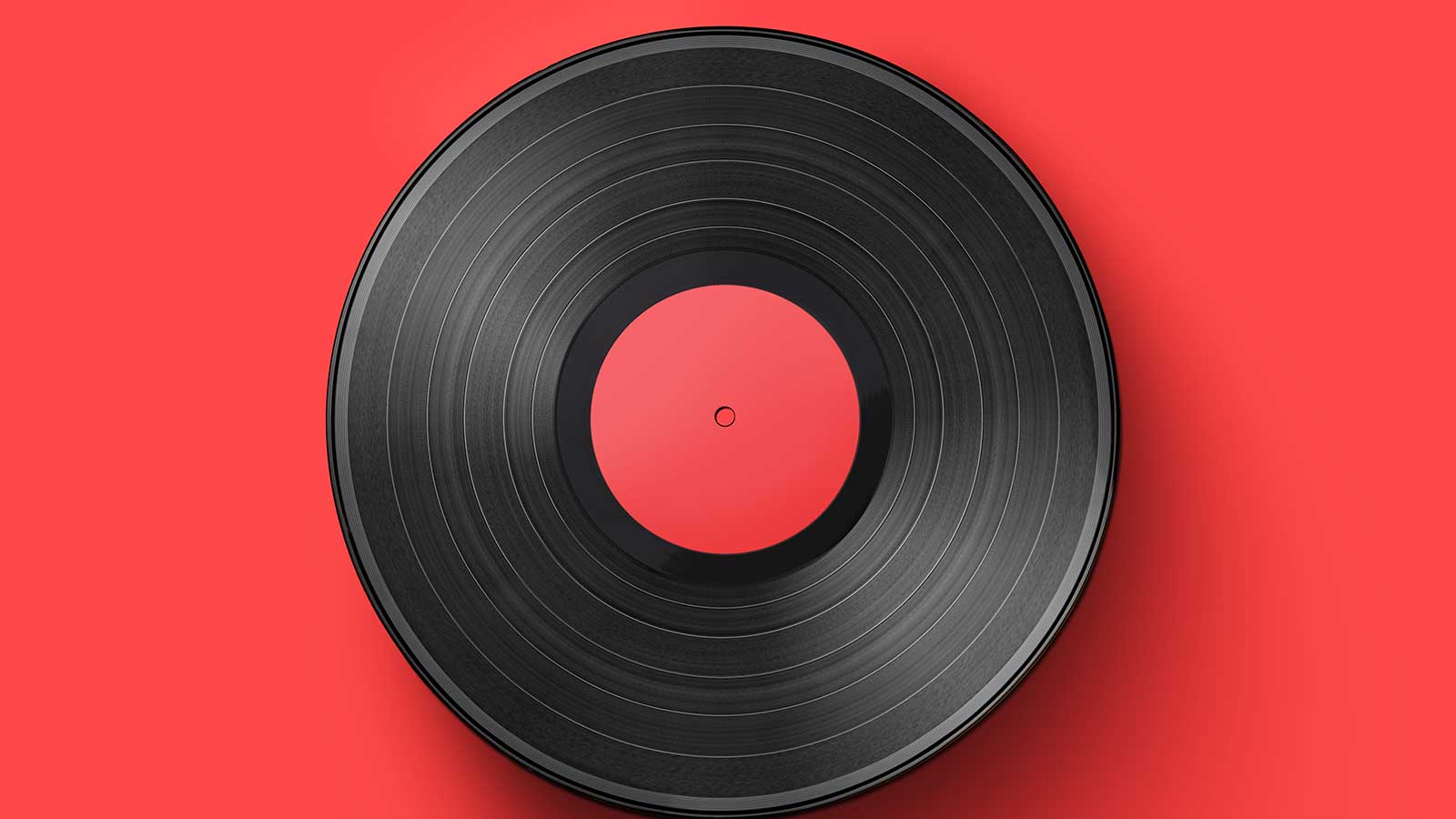
Image Credit: Shutterstock.
The Boomer generation cherished the deep, warm sounds of vinyl. Weekend visits to record stores were routine, browsing through stacks of albums and enjoying the album art. While vinyl has seen a resurgence lately, it’s more for the niche collector than the general public. Digital music platforms and streaming services dominate today’s music scene.
Driving Stick Shift
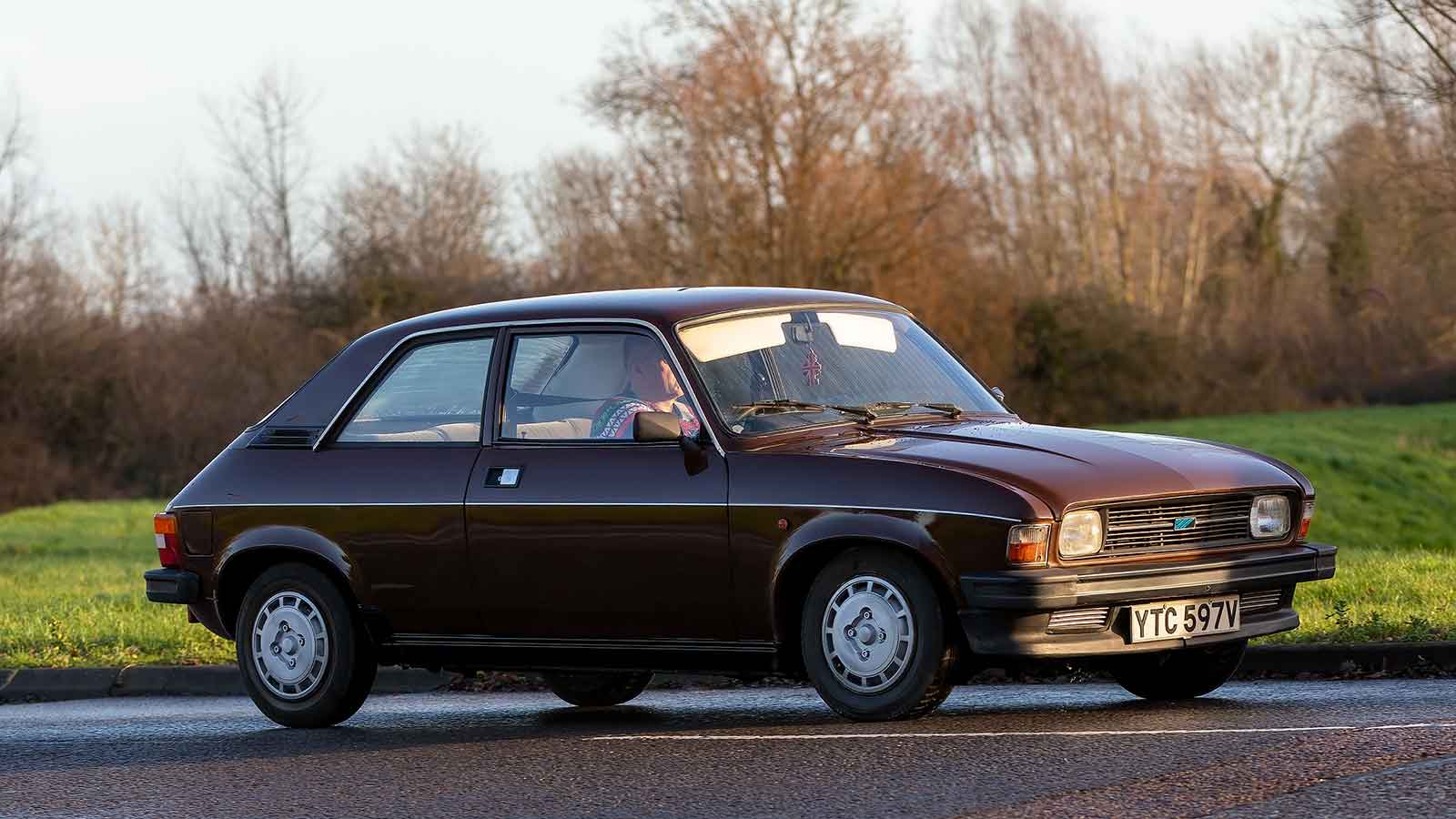
Editorial credit: Sue Thatcher / Shutterstock.com.
Automatic transmissions are everywhere nowadays, but Boomers had to master the art of manual driving. The tactile experience of changing gears and controlling a car’s movement is unique. While some purists still prefer stick shifts, they are rapidly becoming a relic of the past. Future generations might view them as a curious, old-fashioned challenge.
Film Photography

Image Credit: Shutterstock.
Boomers had to wait to develop their photos and see if they captured a moment perfectly. The thrill of thumbing through photo albums and sharing memories physically is fading. With digital cameras and smartphones, instant gratification and limitless storage are the norms. Gone are the days of limited shots and the scent of darkroom chemicals.
Dining without Devices

Image Credit: Shutterstock.
The Boomer generation often shared meals around the table without the distraction of smartphones and tablets. They engaged in face-to-face conversations, fostering deeper connections. Today, many meals are punctuated by photo ops for social media and text message interruptions. The art of uninterrupted conversation during meals is becoming rare.
Visiting the Library

Image Credit: Shutterstock.
While libraries still exist, Boomers remember the days when they were the primary source for research and reading. Hours were spent scouring the stacks for the right reference book or novel. Today, with the internet and e-books, the traditional library experience is dwindling. Physical books and library cards might soon become novelties.
Fixing Things Instead of Replacing

Image Credit: Shutterstock.
Boomers were known for their DIY spirit, often repairing broken items rather than replacing them. Whether it was a television, radio, or piece of clothing, they would find a way to mend it. The current culture leans more towards throwing away things and constant upgrades. The art of repairing and valuing longevity is slipping away.
Listening to Radio Shows
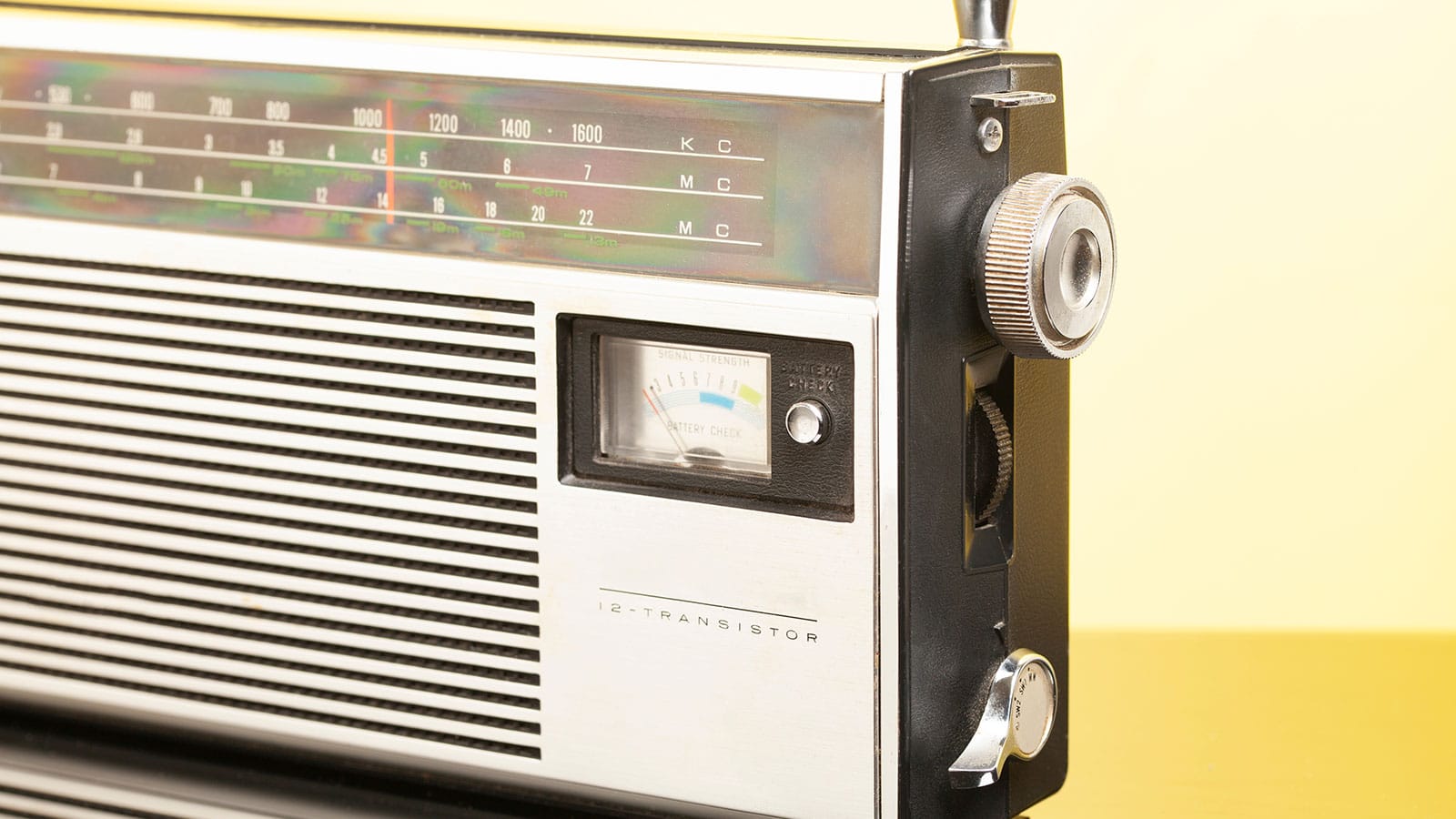
Image Credit: Shutterstock.
Before TV dominated, Boomers enjoyed dramatic, comedic, and musical radio shows. They would huddle around the radio, letting their imagination paint pictures from the words and sounds. Now, with visual media everywhere, the beauty of radio storytelling is nostalgic at best. Podcasts are the closest parallel, but the magic of old radio shows remains unique.
Using Phone Booths

Image Credit: Shutterstock.
Boomers remember dropping a coin into a public phone booth to make a call. These iconic structures dotted city streets and shopping malls. Now, with almost everyone owning a mobile phone, these booths are nearly extinct. Future generations might only see them in movies or as vintage props.
Dancing to Jukeboxes

Image Credit: Canva.
Diners and dance halls of the Boomer era often featured jukeboxes blaring popular tunes. They were social focal points, with people selecting their favorite tracks and dancing the night away. Digital playlists and streaming services have now overshadowed this communal experience. Jukeboxes are now more decorative than functional in most places.
Milk Delivery

Image Credit: Shutterstock.
Fresh milk delivered to your doorstep in glass bottles was a common sight for Boomers. Early mornings saw milkmen making their rounds, ensuring families had their dairy needs met. With supermarkets and 24-hour convenience stores, this personalized service is nearly forgotten. Those clinking glass bottles and fresh morning deliveries are now tales of the past.
Watching Films on Projectors
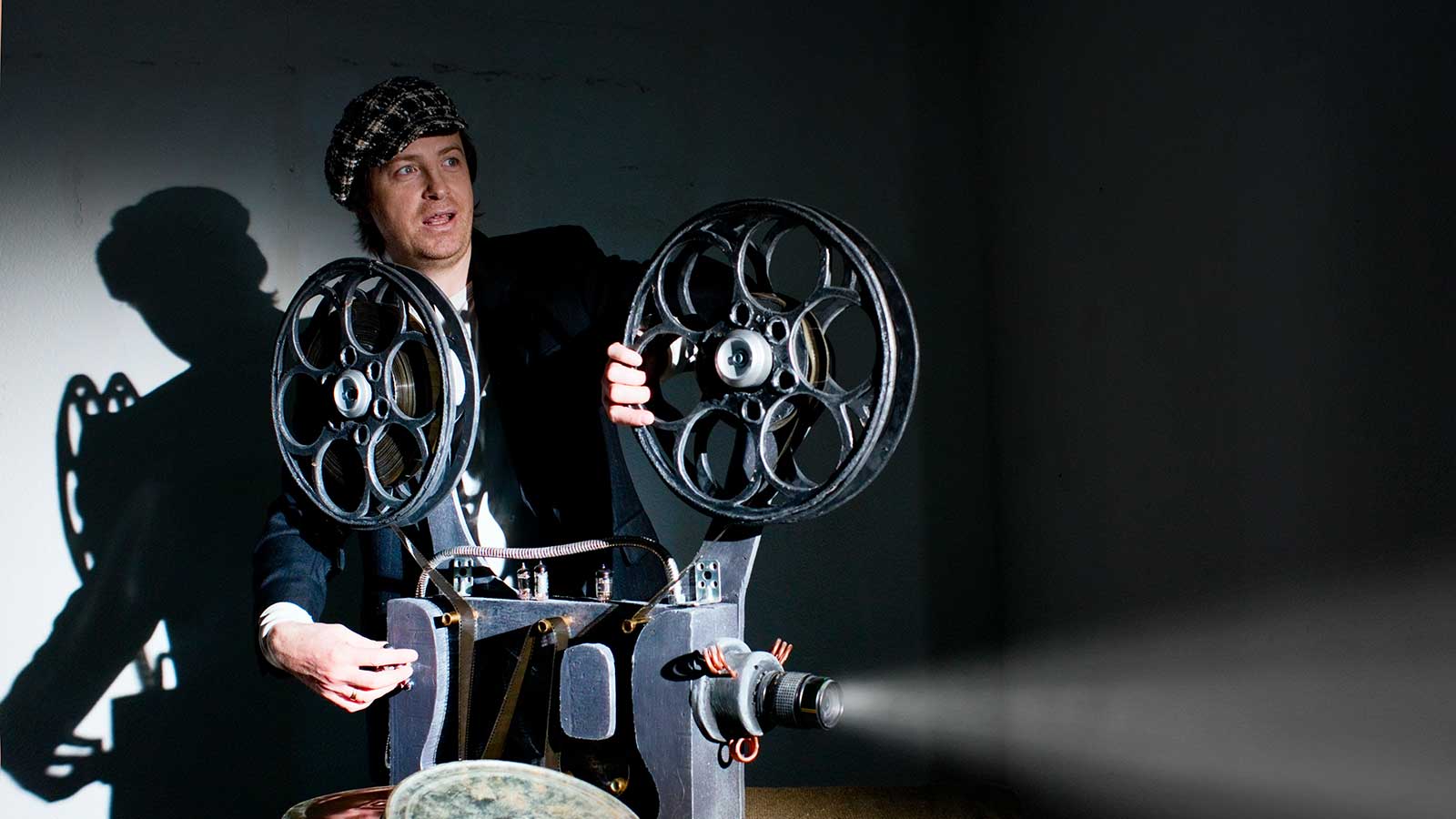
Image Credit: Shutterstock.
Home movies for Boomers meant setting up a projector and watching films on a big screen. The flicker of the film and the hum of the projector added a unique charm. With digital streaming and high-definition televisions, this ritual is fading. The tactile experience of threading film and adjusting the focus is known to fewer and fewer.
Rotary Phones
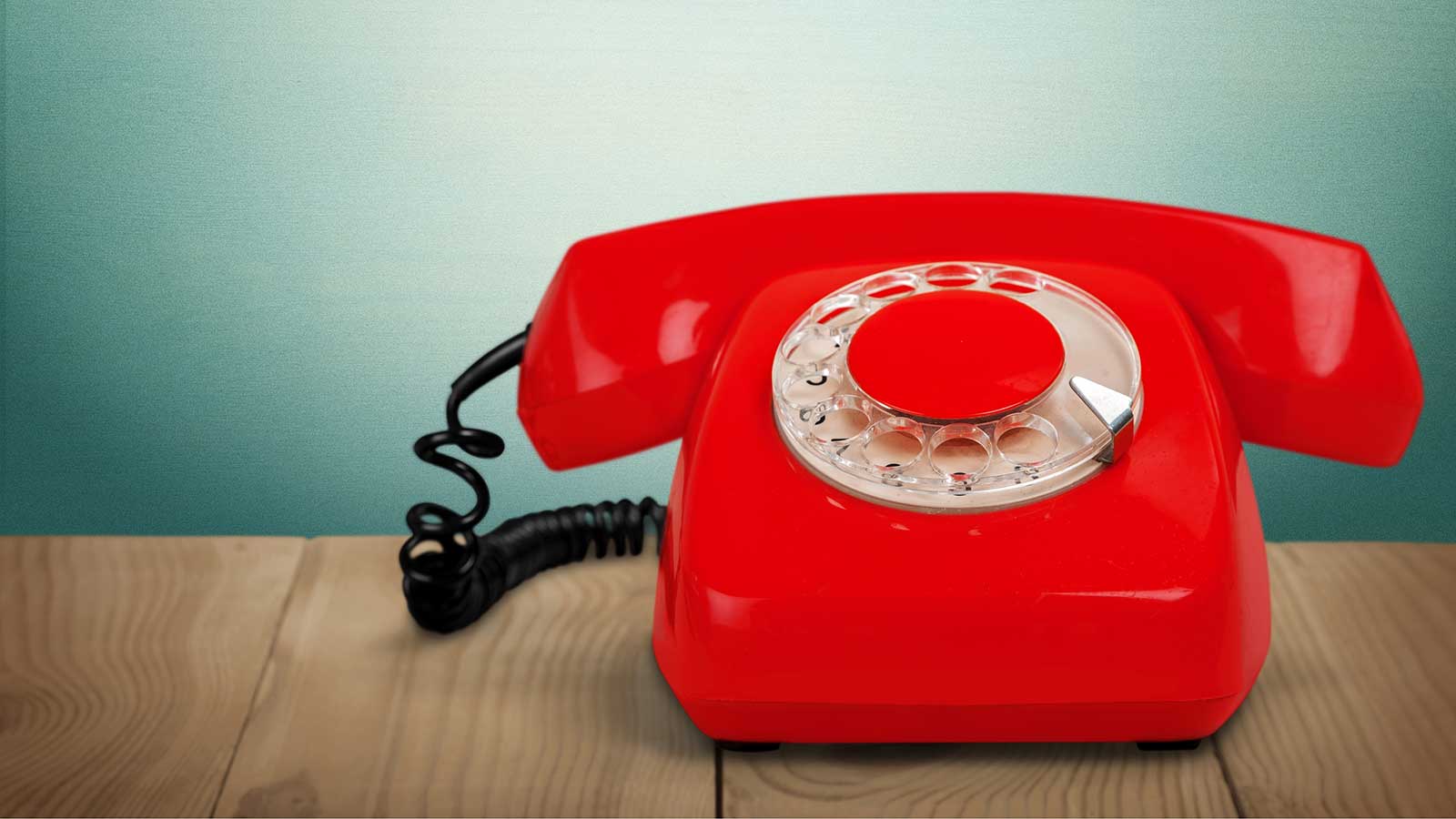
Image Credit: Shutterstock.
Dialing a number on a rotary phone took time and patience, but it was the norm for the Boomer generation. The weight of the handset and the sound of the dial returning were all part of the experience. Touchscreens and voice-activated calls have since taken over, making rotary phones a symbol of a bygone era. Many young people might never dial a number in such a tactile manner.
Reading Newspapers

Image Credit: Shutterstock.
Morning routines for Boomers often involved flipping through a physical newspaper and catching up on global and local events. The rustle of the pages and the ink on one’s fingertips were all part of the experience. Digital news and apps are now the go-to sources, making paper publications increasingly rare. The charm of a Sunday paper spread out on the table is becoming a memory.
Classic Board Games

Image Credit: Shutterstock.
While board games are still popular, Boomers had a limited but cherished selection. Games like Monopoly, Scrabble, and Risk would provide hours of family entertainment. Today’s digital gaming world, with its instant multiplayer and graphics, overshadows these classics. The tactile pleasure of moving game pieces and rolling dice might become nostalgic activities.
Listening to Cassette Tapes

Image Credit: Shutterstock.
Boomers would rewind, fast-forward, and flip cassette tapes to listen to their favorite tunes. Mixtapes were a labor of love, often gifted to friends or crushes. Now, with digital music libraries and streaming, cassettes are mostly collectibles. The hiss of tape and the tactile pleasure of pressing chunky buttons is largely history.
Saving with Piggy Banks

Image Credit: Shutterstock.
Physical piggy banks were a staple for Boomers, teaching them the value of money and savings. Every coin dropped into the slot was a step toward a desired toy or treat. Today’s digital banking and online shopping have made physical savings less common. The joy of breaking open a full piggy bank is a fading tradition.
Going to Drive-in Theaters

Image Credit: Shutterstock.
Drive-in theaters were a popular hangout spot for Boomers, offering a unique movie-watching experience. Cars would line up, speakers would be hooked to windows, and films would play under the stars. Modern multiplexes and home streaming services have made this experience rare. The romance and communal feel of a drive-in are hard to replicate.
Sending Postcards

Image Credit: Shutterstock.
Traveling Boomers often sent postcards from their destinations, sharing snapshots and messages with loved ones. It was a way to share a piece of their journey and keep in touch. Today’s instant photo sharing on social media has overshadowed this practice. The tactile pleasure of receiving a postcard from afar is becoming rarer.
Using Encyclopedias

Editorial credit: monticello / Shutterstock.com.
Before the internet, Boomers turned to encyclopedias for information. These hefty volumes lined shelves, offering knowledge on a wide array of topics. Online search engines and digital databases have since taken over, making these books less relevant. The act of flipping through encyclopedia pages to quench curiosity is now a quaint notion.
Shopping at Mom-and-Pop Stores

Image Credit: Shutterstock.
Local, family-owned stores were the main shopping spots for Boomers. These stores offered a personal touch, often knowing customers by name. Mega malls and online shopping giants have since overshadowed these smaller establishments. The charm and community feel of a mom-and-pop store is increasingly rare.
Playing Outside Until Dusk

Image Credit: Shutterstock.
Boomer children would play outside with neighborhood friends until called in for dinner. Imaginative games, biking, and simple outdoor pleasures were the norm. With the rise of digital devices and structured playtimes, this free, unstructured play is less common. The joys of a day spent outdoors, returning home only when the streetlights come on, are becoming less frequent.
Using Typewriters

Image Credit: Shutterstock.
Before computers and word processors, Boomers typed letters and documents on typewriters. The rhythmic clacking of keys and the ding at the end of a line were all part of the experience. Modern keyboards and digital screens dominate today, making typewriters an artifact of the past. Many might never know the tactile and auditory joys of using one.
These Boomer customs may vanish, but they leave behind legacies, memories, and stories that will continue to resonate. As the torch of cultural practice is passed down, let’s cherish the richness of our shared past and envision a future where new customs are born.
16 UNACCEPTABLE THINGS BOOMERS GOT AWAY WITH IN THEIR YOUTH THAT WOULD SPARK OUTRAGE TODAY

Image Credit: DepositPhotos.
Looking back on the childhood of the boomer generation, it becomes evident that certain things once considered appropriate would never pass today’s standards. The cultural landscape has evolved significantly, leading us to recognize 16 aspects of their upbringing that would be deemed wholly unacceptable today. From unsupervised outdoor adventures to unfiltered television content, the boomer generation got away with various experiences that would undoubtedly raise eyebrows in today’s world. Let’s delve into these intriguing elements of their upbringing and reflect on how far society has come.
16 UNACCEPTABLE THINGS BOOMERS GOT AWAY WITH IN THEIR YOUTH THAT WOULD SPARK OUTRAGE TODAY
AUTOMOTIVE MONSTROSITIES: THE 10 CARS THAT PROVOKE BOOMER WRATH UNLIKE ANY OTHER

Image Credit: DepositPhotos.
There’s no age quite like the Baby Boomers. Born between 1946 and 1964, this group has witnessed some of the most transformative periods in automotive history. They saw the rise and fall of the muscle car era, the oil crisis of the ’70s that led to a change towards smaller and more fuel-efficient cars, and the technological leaps of the 21st century that introduced a new era of hybrid and electric cars. Yet, not every car model has managed to win their hearts. In fact, some have attracted quite the opposite reaction. From design tragedies to mechanical misfits, here are the car models that achieved the questionable honor of being the most hated by the Boomers. Buckle up as we take a reflective yet bumpy ride down memory lane.
AUTOMOTIVE MONSTROSITIES: THE 10 CARS THAT PROVOKE BOOMER WRATH UNLIKE ANY OTHER
IT’S TIME TO LET GO: 30 OUTDATED BOOMER HOME TRENDS THAT DESPERATELY NEED TO BE SHOWN THE EXIT!

Image Credit: Shutterstock.
With the advances of social media, home trends, décor, and fads change faster than ever before. While some trends become instant classics, others can be redundant, unsensible, or just downright hideous. In a popular online forum, users shared the home fads they’re tired of seeing. We’ve compiled a list of these most disliked home décor fads, so grab a cup of coffee, and let’s look into these less-than-inspiring home design options!
IT’S TIME TO LET GO: 30 OUTDATED BOOMER HOME TRENDS THAT DESPERATELY NEED TO BE SHOWN THE EXIT!
BOOMERS FED UP: THE NEVER-ENDING SAGA OF MILLENNIAL BLAME FOR FINANCIAL FAILURES – ENOUGH IS ENOUGH!

Image Credit: Shutterstock
Millennials look at their current economic situation with despair. The feeling amongst them is that the boomers are the cause of their woes. Boomers are considered to be a group of individuals who are self-serving, greedy, and short-sighted. But is this the case?
BOOMERS FED UP: THE NEVER-ENDING SAGA OF MILLENNIAL BLAME FOR FINANCIAL FAILURES – ENOUGH IS ENOUGH!



